
For more than two decades, photographer Mogens Trolle has captured stunning wildlife images on all seven continents. Trained as a zoologist and wildlife biologist, he’s specialized in mammals and uses his knowledge of them to capture each creature’s unique personality. His photos, particularly those of monkeys, showcase micro-expressions which look like the kind we are used to seeing on other humans.
Trolle often opts for a close-up or a cropped view of an animal’s face. In doing so, it allows us to study their idiosyncrasies and consider how they furrow their brow or purse their lips to communicate feelings of frustration, puzzlement, adoration, and beyond. Despite being an observer of mammals for so many years, Trolle continues to be amazed by how much personality they have.
The stunning pictures are made poignant when you learn that almost all of the primates he has photographed are endangered. It should encourage us to support conservation efforts so that these creatures aren’t gone forever.
My Modern Met spoke with Trolle about his wildlife photos, including how he’s able to get so up close and personal with so many different species. Thanks to My Modern Met for this interview:

Proboscis monkey, Borneo (July 2018)


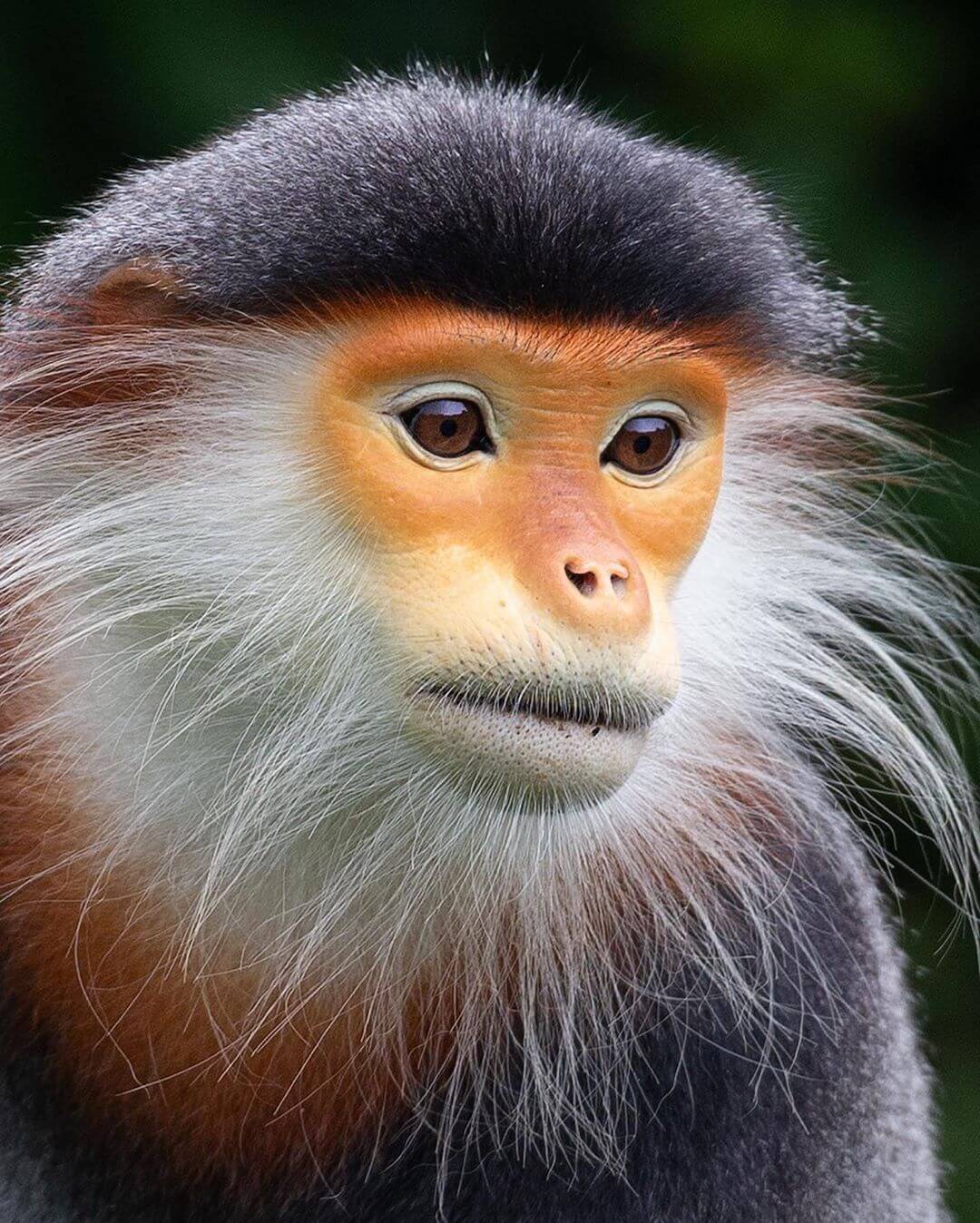
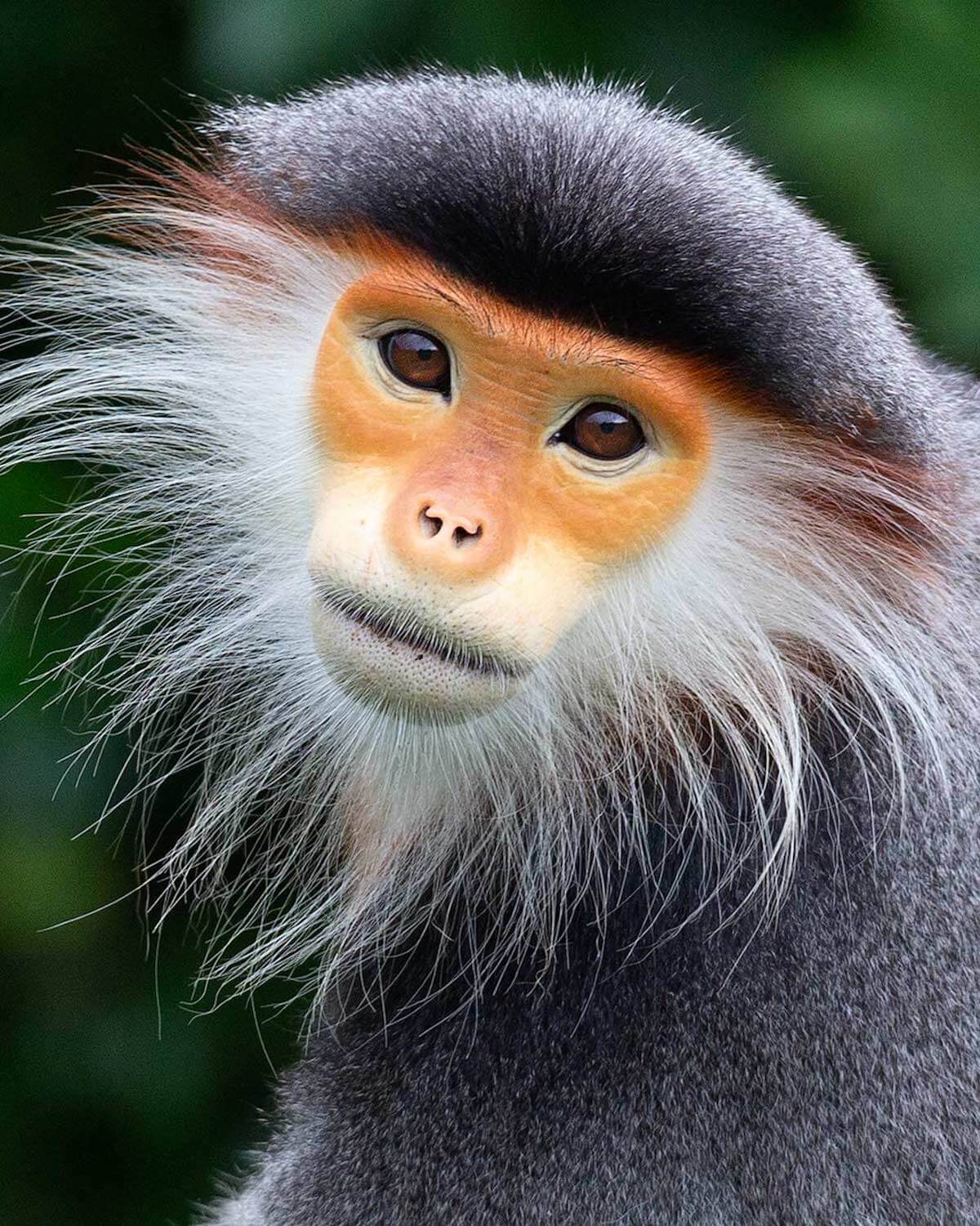
Red-shanked douc, Vietnam
What is your process for photographing an animal?
To be able to take portraits of wild mammals, I need to be close to them and I need them to be relaxed around me, to accept my presence. This is when they open up and start giving you glimpses into their personality. To create this situation, you need to be aware of your body language.
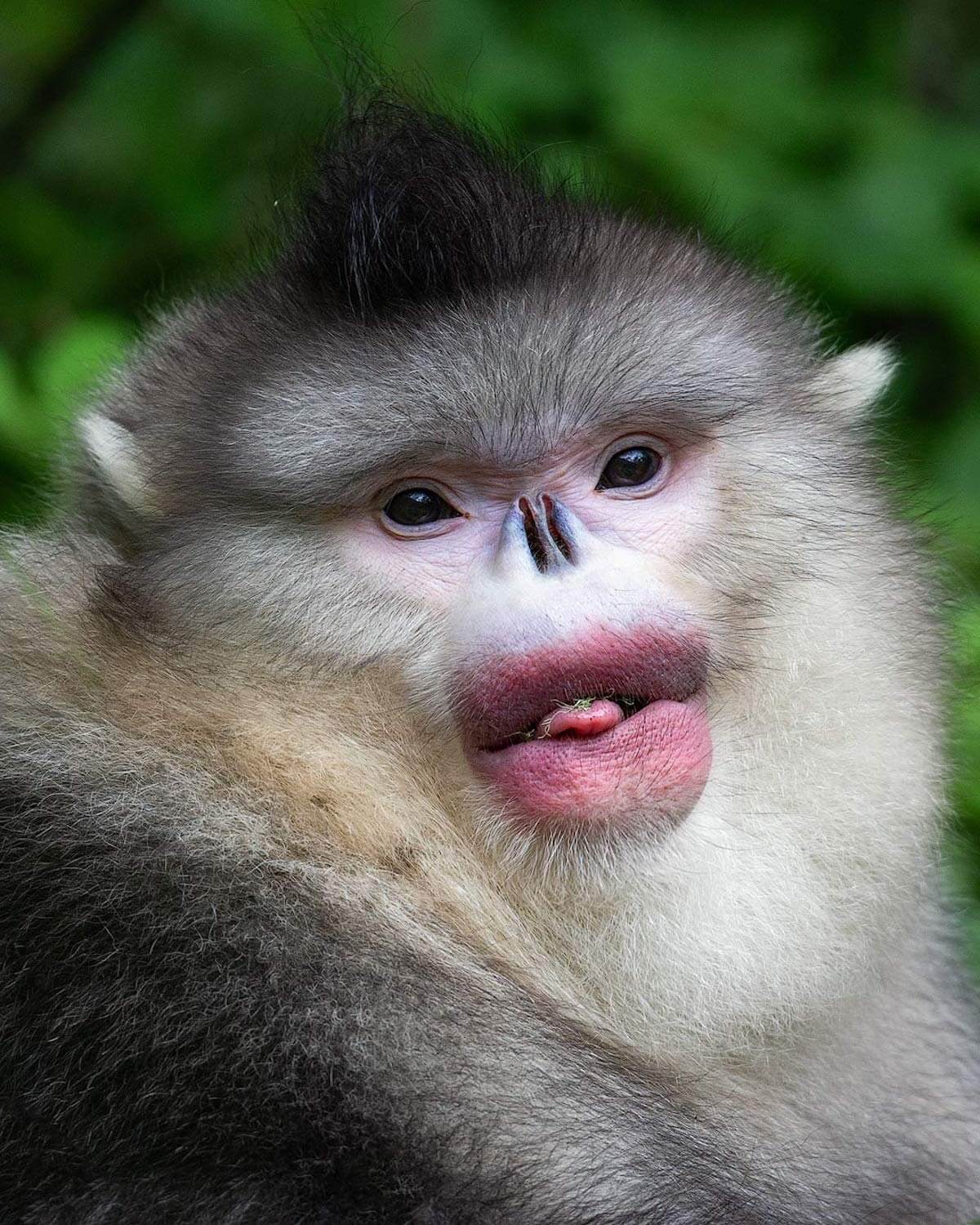
Yunnan snub-nosed monkey, China (July 2019)
How do you make them feel comfortable around you?
Move slowly and don’t make noises. Don’t walk straight towards an animal since this will reveal that you have intentions with it—rather, walk in a zigzag or at an angle to it so you approach it indirectly.
Don’t sneak! This is the body language of a predator and animals will often react to it by taking off. When you approach an animal, look at its body language; if it starts responding to you in a nervous way (you can see that in its face and head movements), pretend to ignore it, don’t look at it, maybe turn around, look into the air, anything that will make the animal think, that you’re not interested in it.
Don’t look at animals in the eye. Many mammals, most primates included, consider eye contact a challenge or even a threat (however, if you look at them through your camera this is a different matter since they don’t know what a camera is).
And, finally, if you’re allowed to settle down with your camera gear next to an animal and you start photographing it be aware that you are not stressed, be calm in your movements, radiate calmness. Stressed movements and noise will often make an animal move away within a short period of time. But if you manage to convince animals that you are nothing to worry about, then you may have the great privilege of sitting with them and photographing them for long periods of time. When I was in Sulawesi, Indonesia in July this year to photograph black crested macaque, one day I sat down on the forest floor to photograph a group of individuals grooming. Within 15 minutes several other troop members arrived at the scene and lied down all around me to sleep or groom, some so close that I could’ve touched them (which I never do). The monkeys were clearly okay with my presence and these are the kind of moments that I treasure more than anything when I photograph.



Black crested macaque, Sulawesi, Indonesia (July 2019)
How has being a zoologist/wildlife biologist influenced the way you shoot photos?
In my previous career as a wildlife biologist/mammalogist, I spent a number of years in the tropical wilderness of South America, including one year in the Amazon, studying mammals. My fieldwork taught me a lot about the behavior of mammals, and this is definitely something that I draw upon as a wildlife photographer. Being able to “read” animals and predict their movements is essential when you photograph them. Also, as a scientist, you spend a lot of time reading scientific literature, and this approach I still use as a wildlife photographer. Reading scientific papers about animals you are going to photograph can give you some valuable background information that can be useful when you’re in the field.
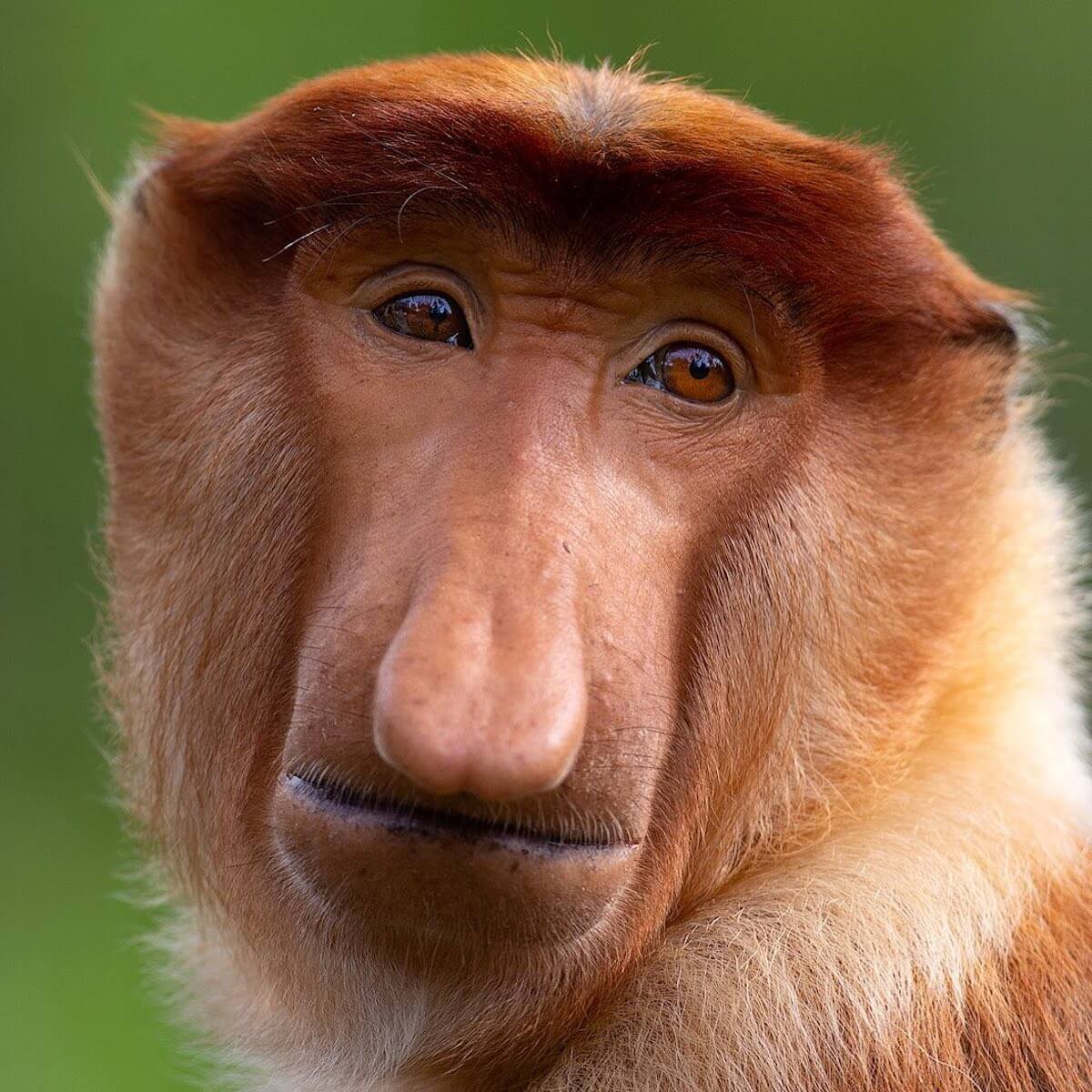
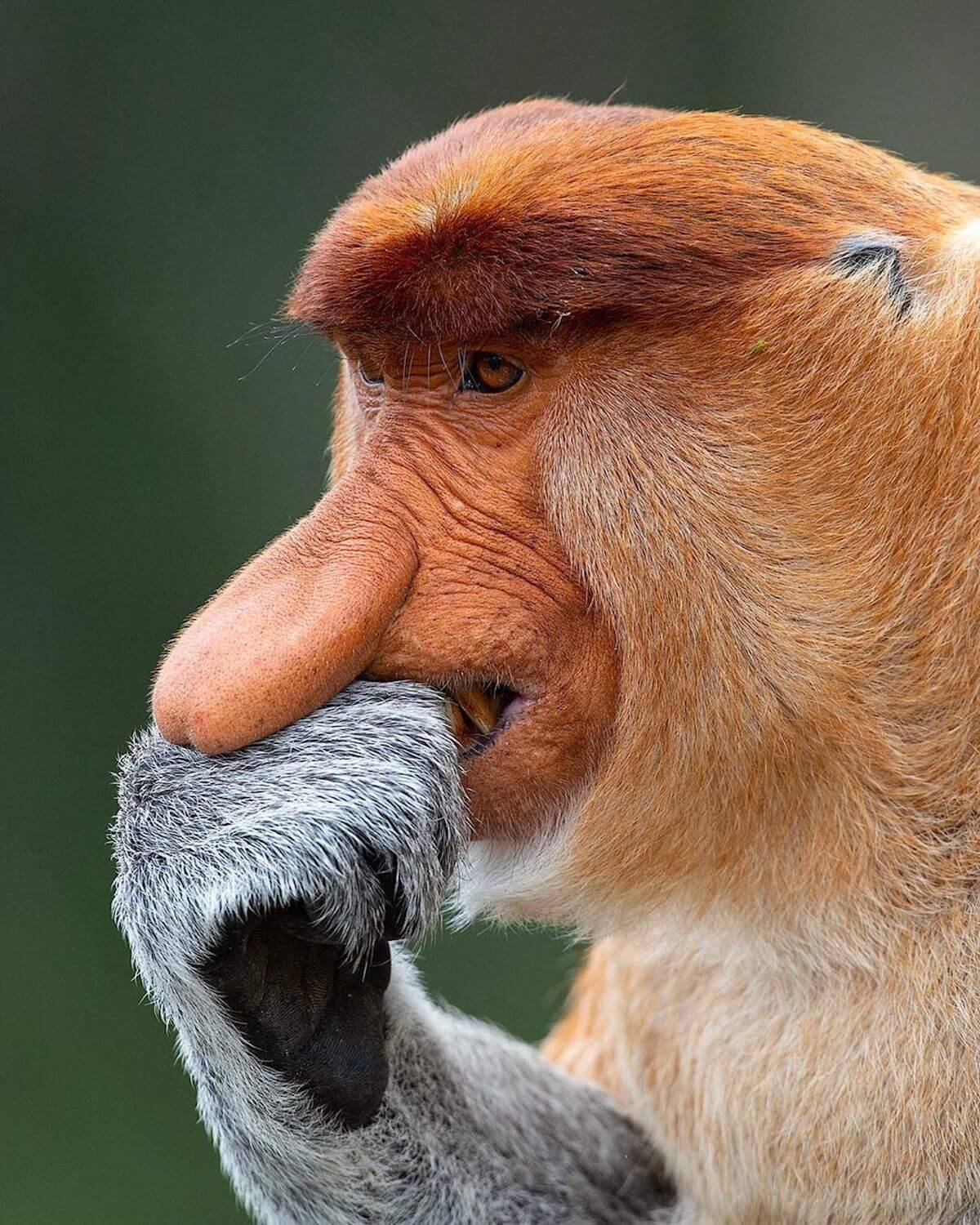
Proboscis monkey, Borneo
Your images of monkeys are notable for the way in which you capture their micro-expressions and convey human-like personalities. How did you develop this keen eye?
I like the term “micro expressions”—it describes very well what it is that I’m looking for when I photograph primates. I’ve been taking close-up portraits of primates for the last five years and, as with many things, the more you do something, the more you start noticing the details. I’ve spent countless hours observing the faces and eyes of different primate species and even more hours paying attention to all the different expressions while working with my photos on the computer.

Japanese macaque, Jigokudani Monkey Park, Japan

Golden snub-nosed monkey, Qinling Mountains, Shaanxi
How does your photography practice lend itself to snapping these types of images?
To me, it is these expressions that show the personality of the animals. Each species and even each individual has its own characteristics. This, to me, especially goes for the intelligent and social primates that have an endless variety of facial expressions, many of which are so recognizable, because they are so similar to our own expressions. To capture these micro-expressions, I take a lot of photos of each individual. It’s not unusual for me to snap several hundred pictures of the same animal. Just like a photographer would do with a human model. Many of the interesting facial expressions only last split seconds so you need quick reactions, patience, and luck to capture them.
What’s the most unusual animal that you’ve photographed? How did the picture happen?
It’s hard to pick just one animal. The ones that come to mind are the saiga antelope and the proboscis monkey, both animals with enormous, wobbly noses that give them such unusual and amusing expressions, and the snub-nosed monkeys of China with their weird noses, big lips, and vivid facial colors. All unusual and amazing. The saiga antelope was the most difficult “nut to crack.” For many years I had been wishing to photograph it but had not been able to figure out how to get close to it. Due to hunting, it’s extremely shy and usually almost impossible to get close to. However, this year, thanks to the help of two Russian zoologists studying the saigas, I got the unique opportunity to spend a week in a photo hide by a small lake on the Russian steppe that the antelopes frequent. The saigas would come close to the hide and this made it possible to take portraits. That was a highlight for me.
Aside from your photography, what are the most profound lessons you’ve learned while observing and researching creatures from around the world?
Without getting into the whole philosophical debate about whether animals have a soul or not, having worked with and observed animals for so many years, it has become more and more evident to me how much personality animals have. And, in particular with our closest relatives, the primates, how much we share with them, how similar we are. This makes one of the other lessons from my photographing animals in many different places in the world even direr. Pretty much all of the primates I have photographed are endangered! Because of habitat loss, illegal hunting, etc. We’ve all heard about it, but almost no matter where you travel these days to experience animals in the wild, you’ll find that they are under a lot of pressure.
What’s next for you? Any exciting projects on the horizon?
There are still a handful of amazing primate species in Asia and Africa, most of which the majority of people have never heard about, that I plan to photograph for my “primate eye contact” project in the coming year or two. And places like Mongolia, the Tibetan Plateau, and Siberia also lurk in my travel dreams.
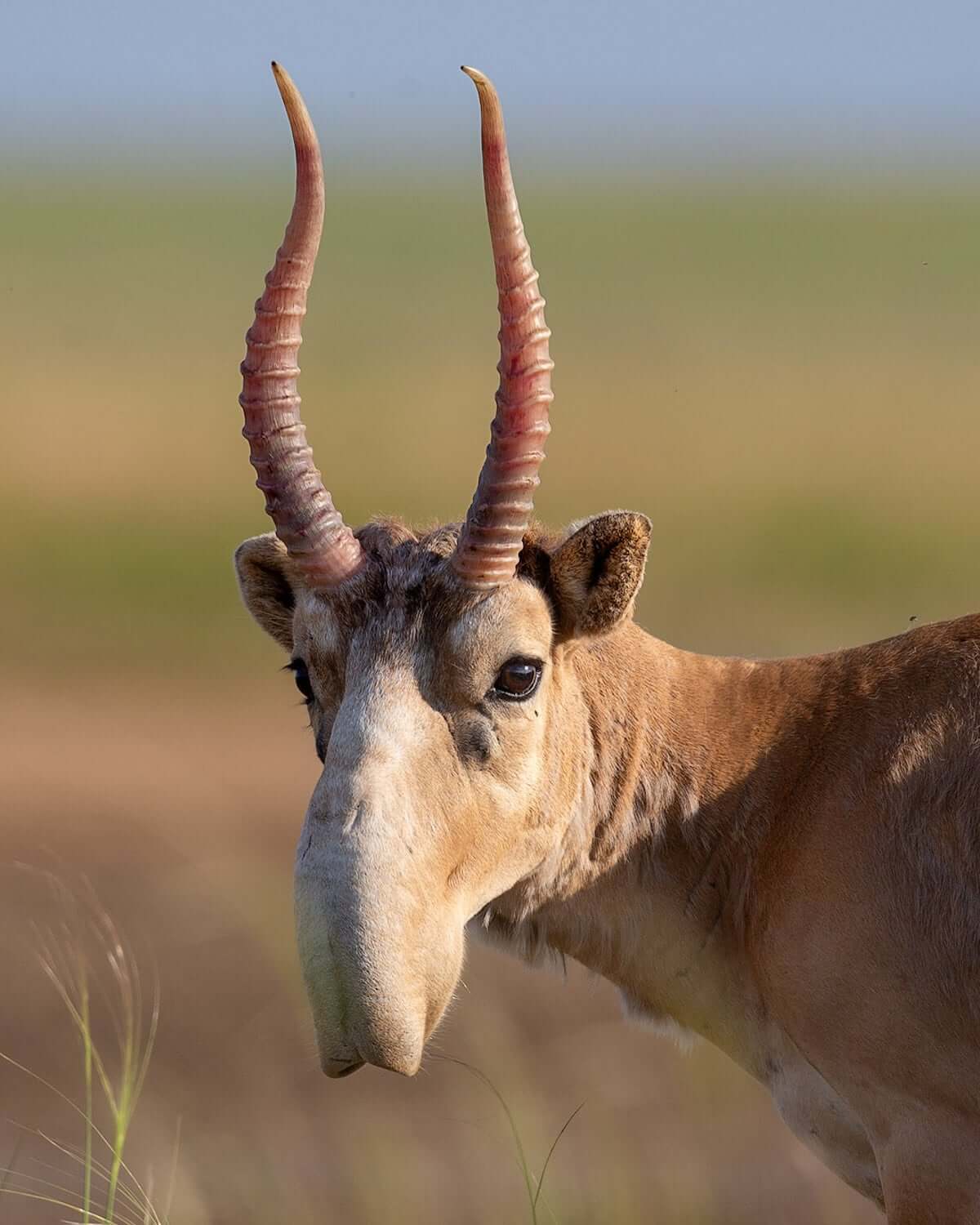
Saiga, Russia (May 2019)
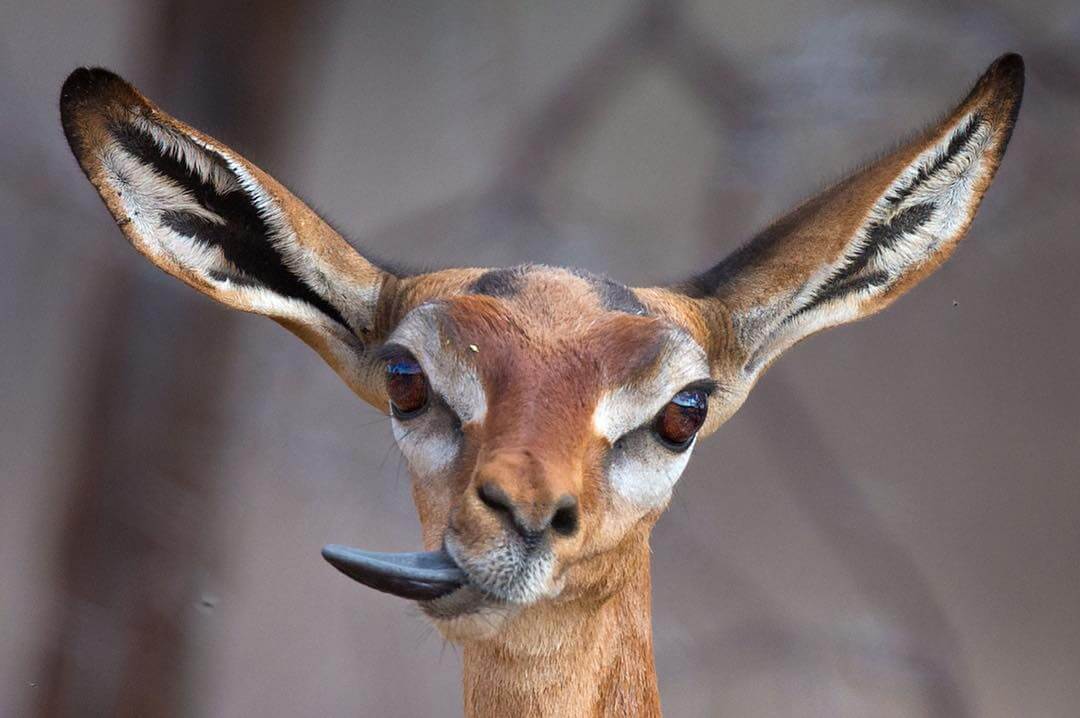
Gerenuk, Samburu National Reserve, Kenya

Golden snub-nosed monkey, Qinling Mountains, Shaanxi
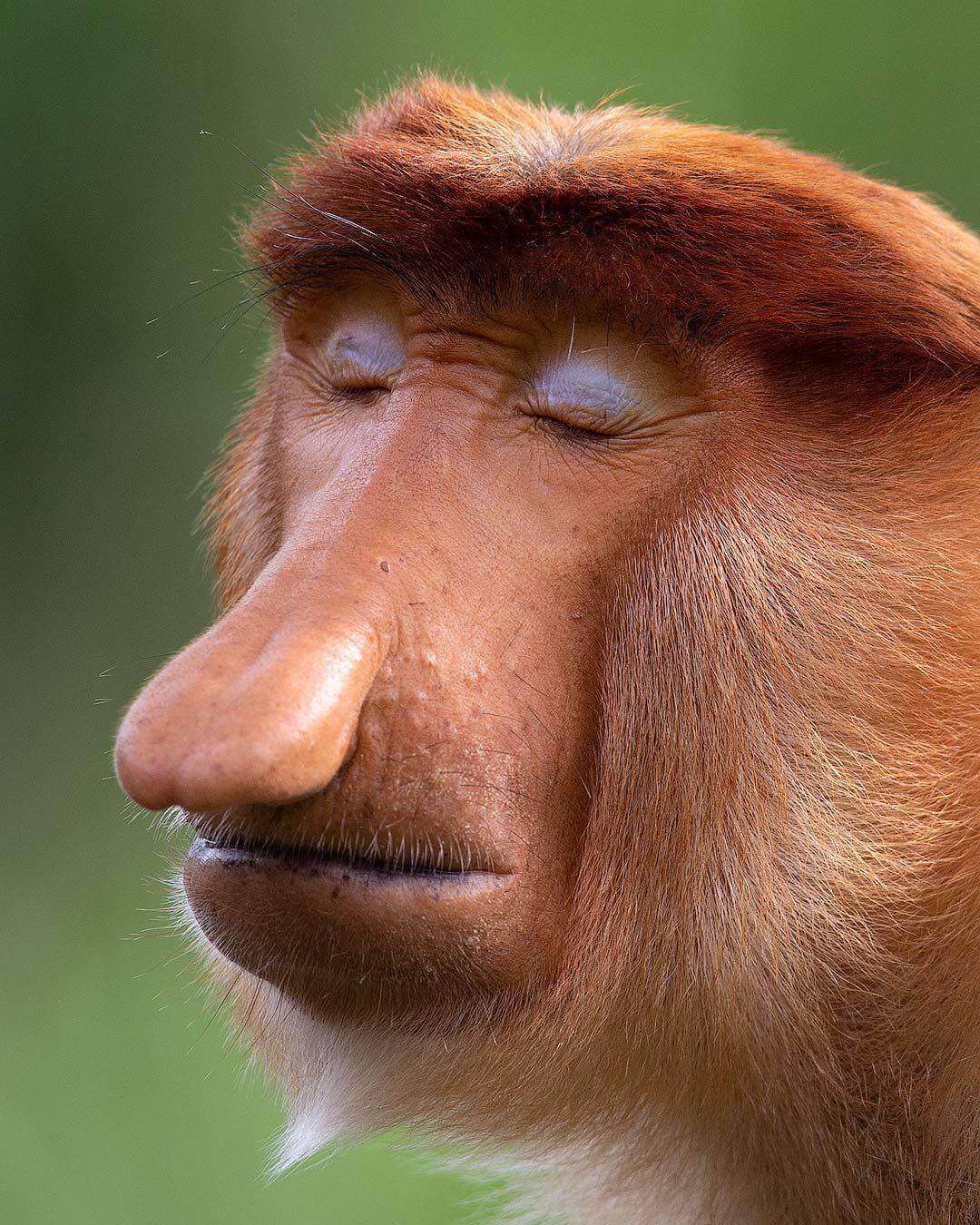
Proboscis monkey, Borneo

Yunnan snub-nosed monkey, China

Black crested macaque, Sulawesi, Indonesia

Impala and oxpecker, Kruger National Park, South Africa











COMMENTS